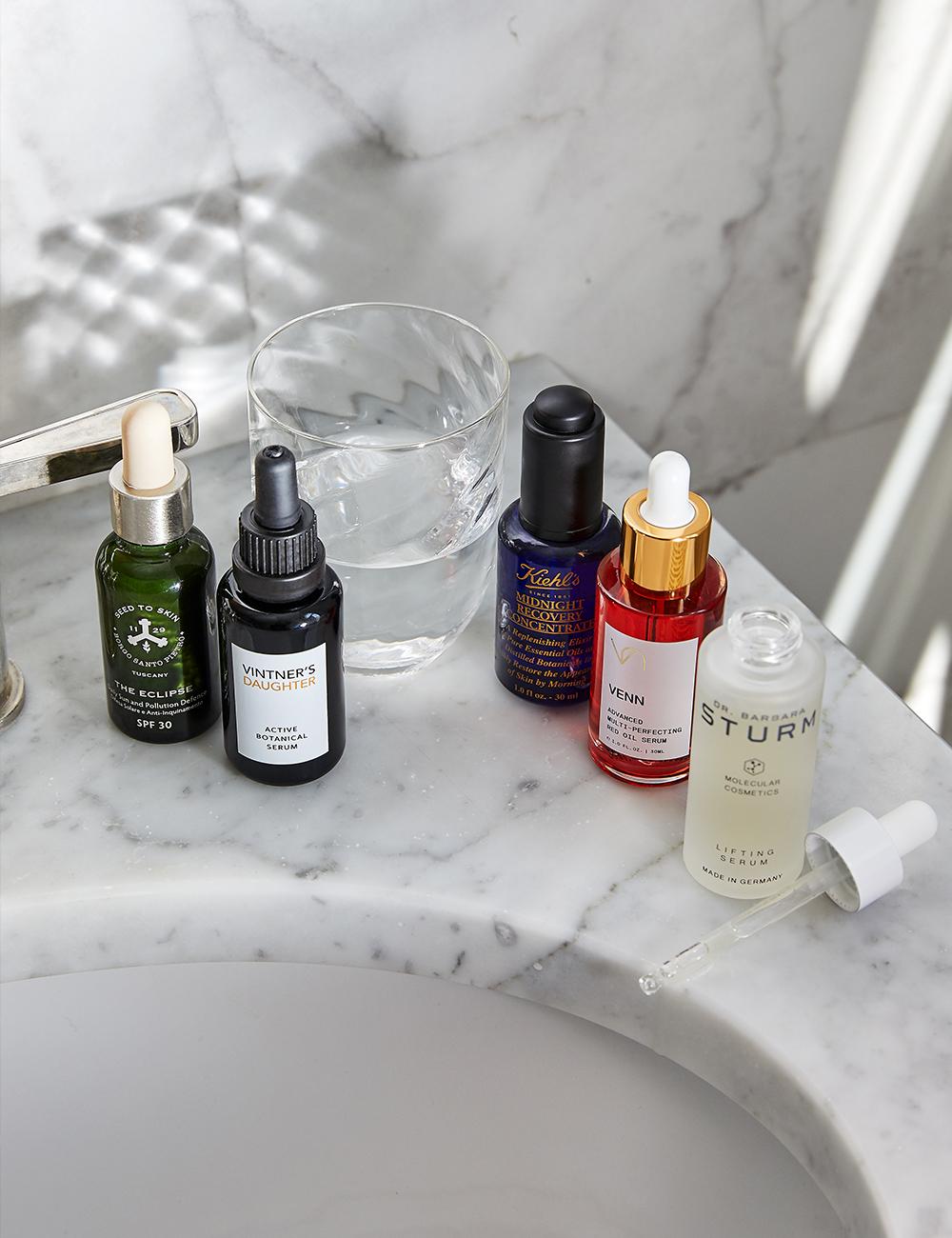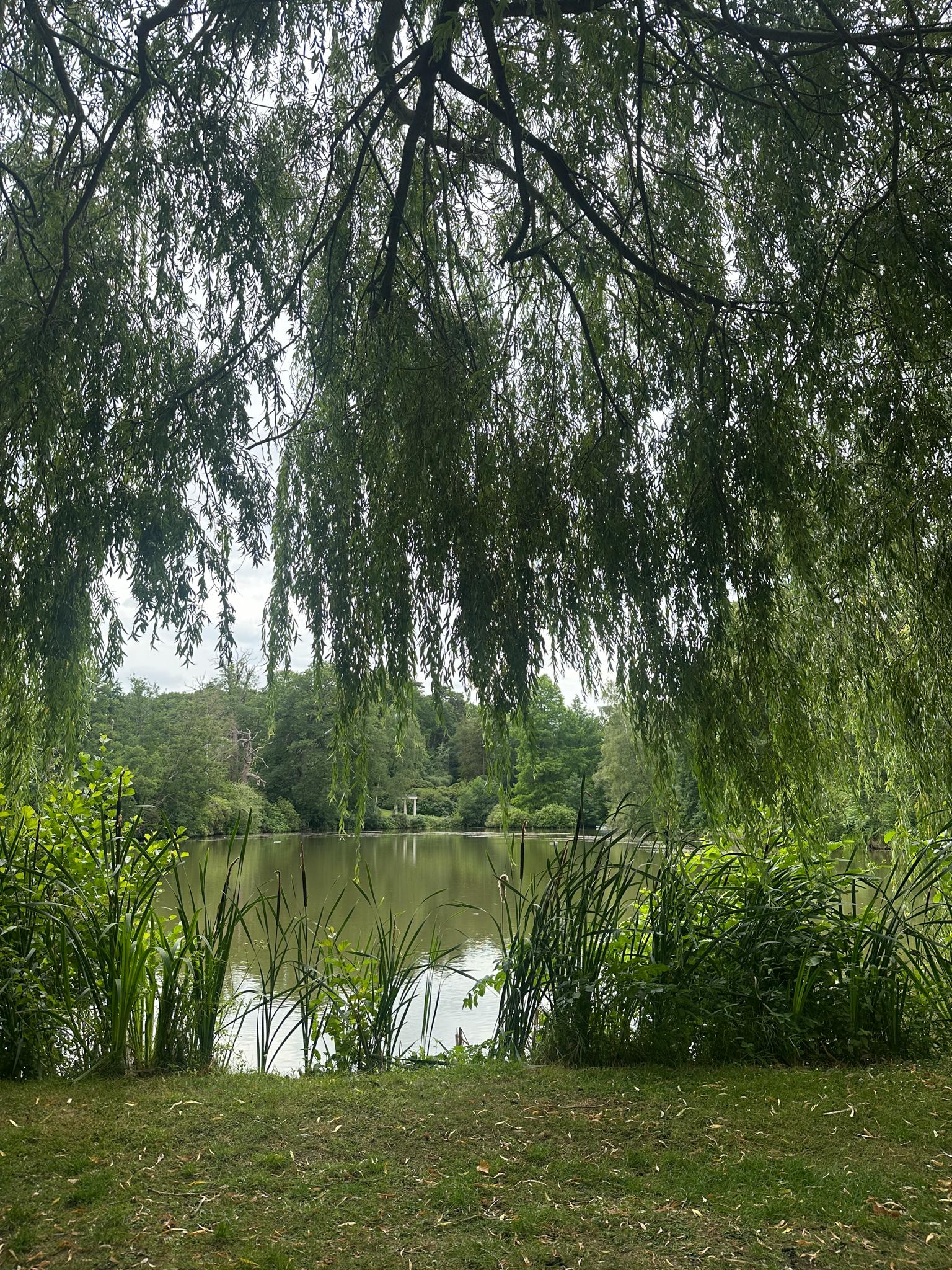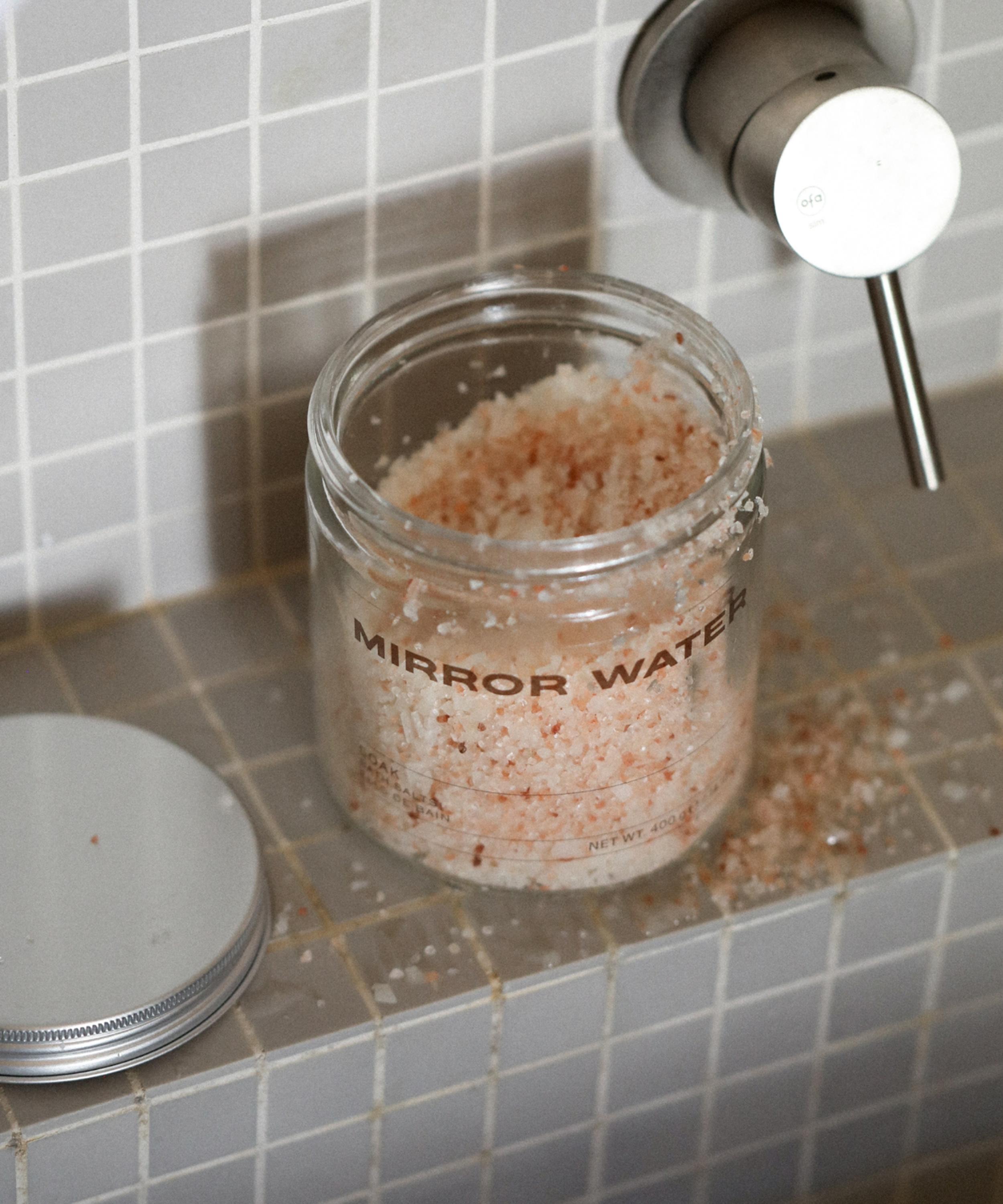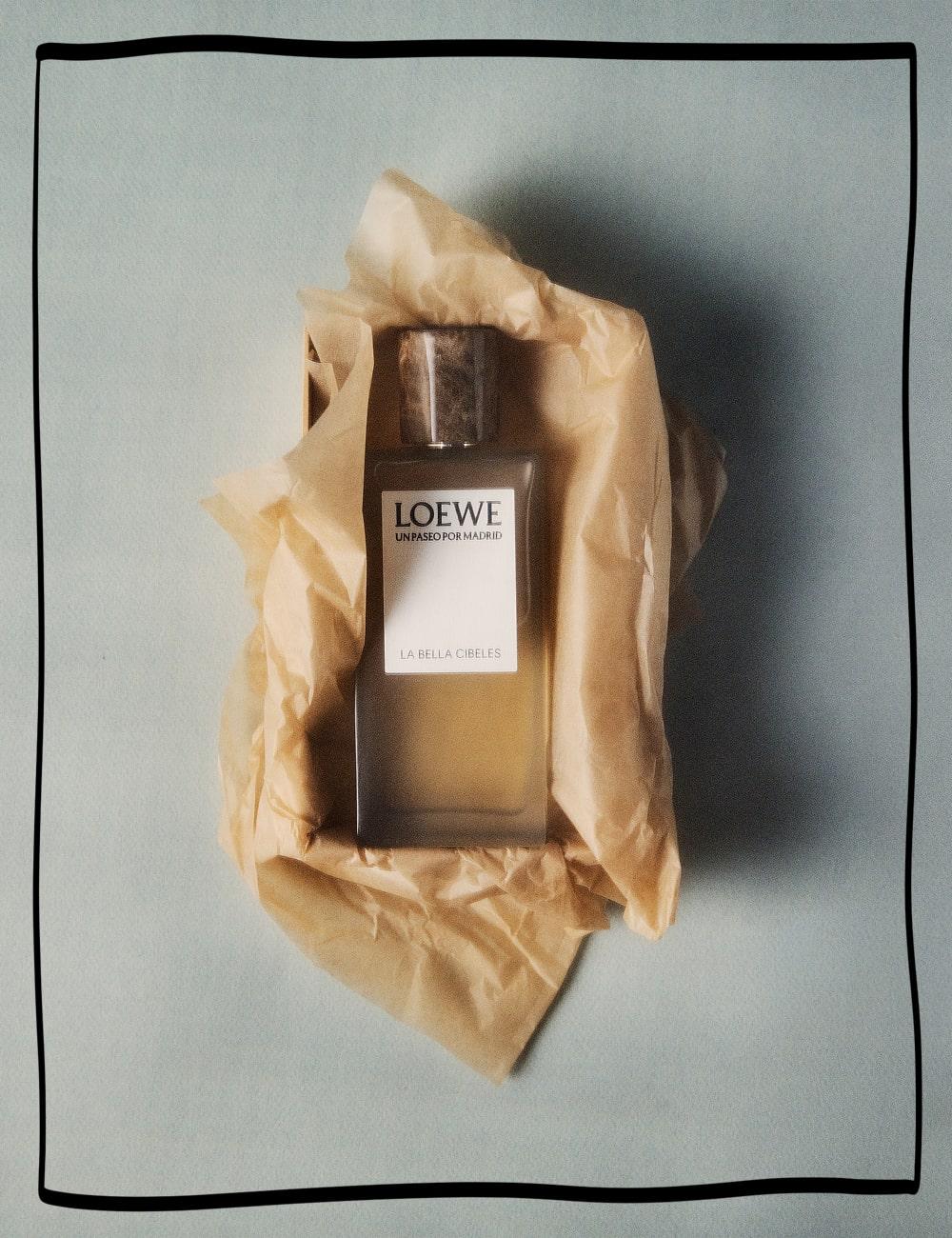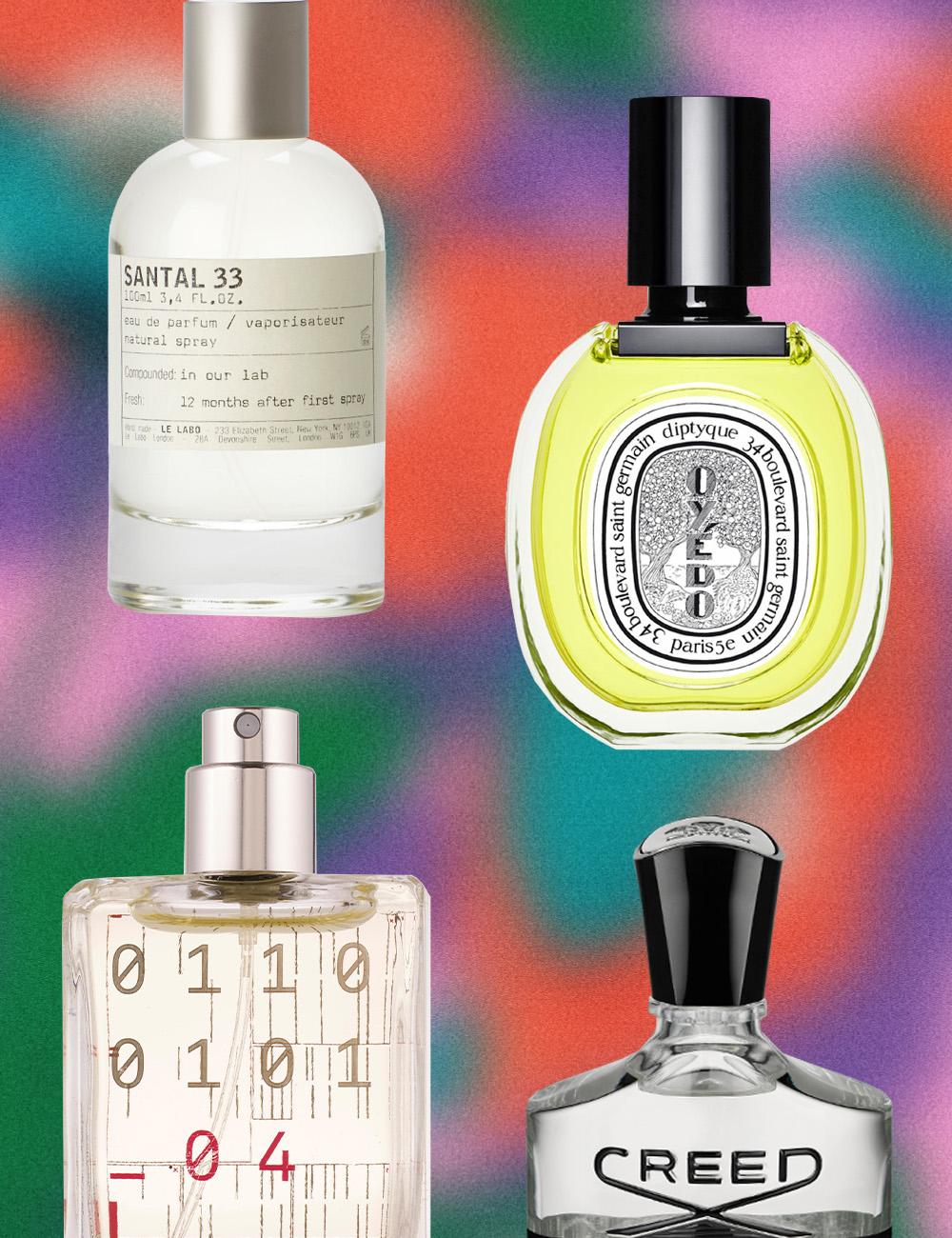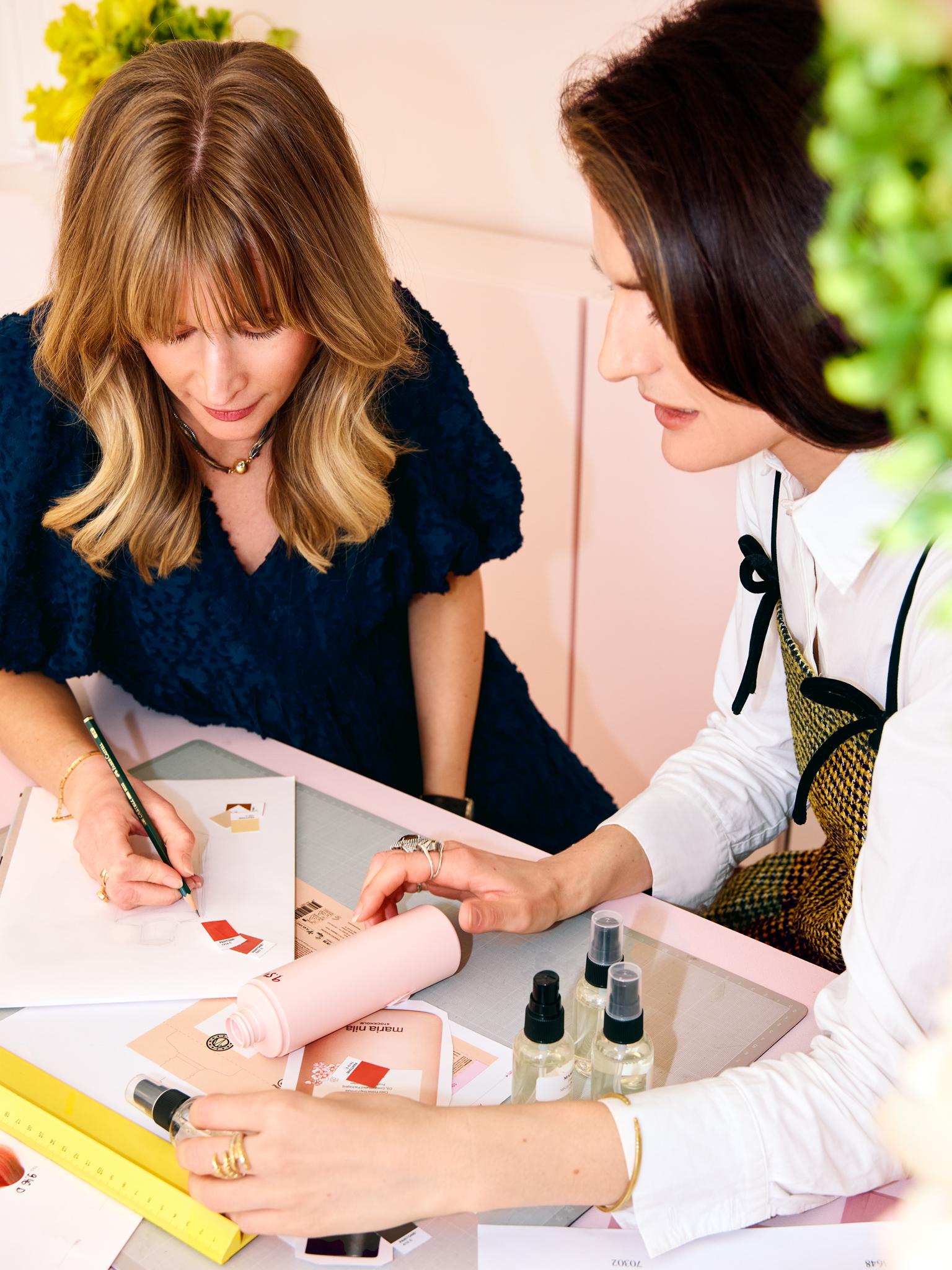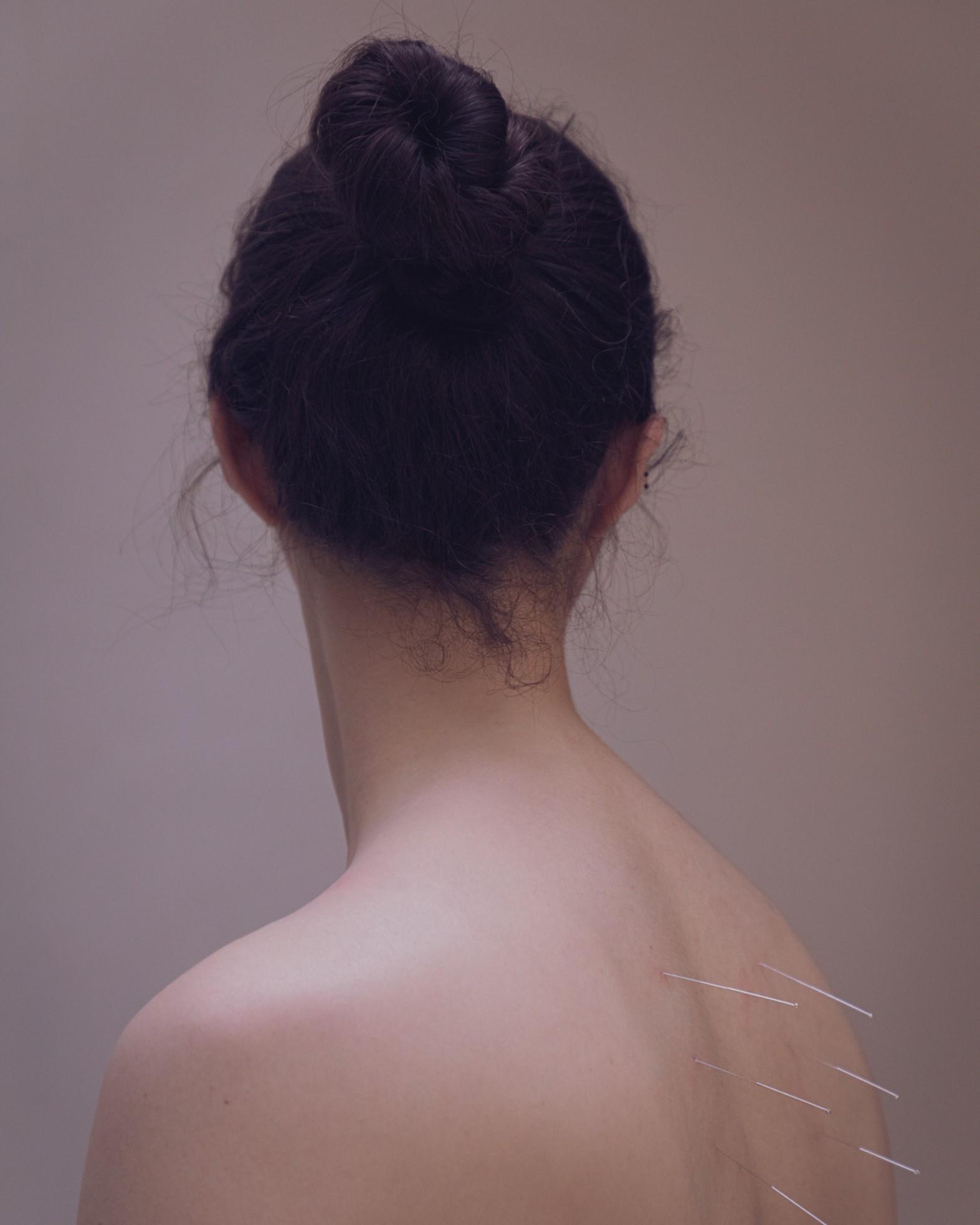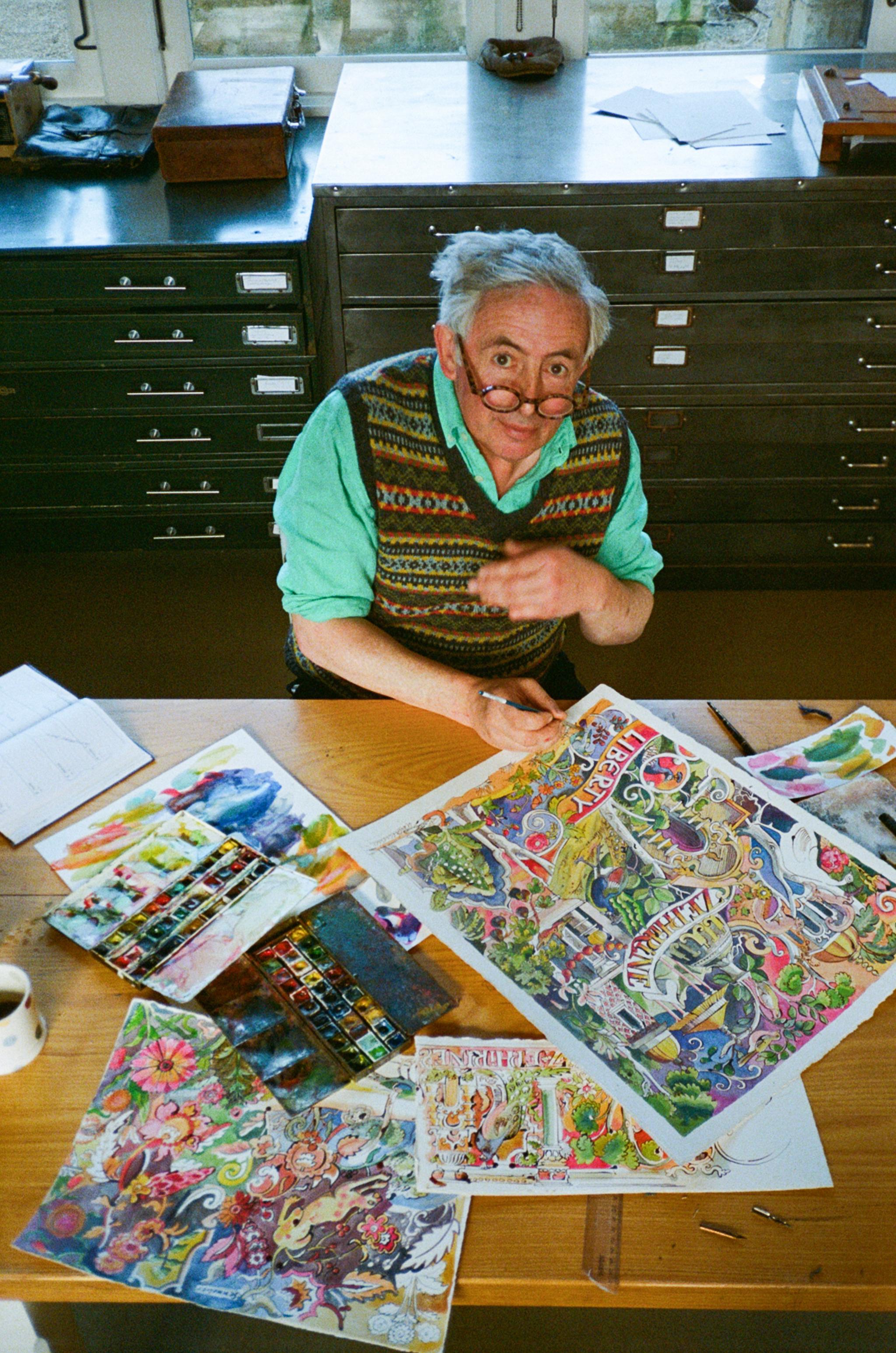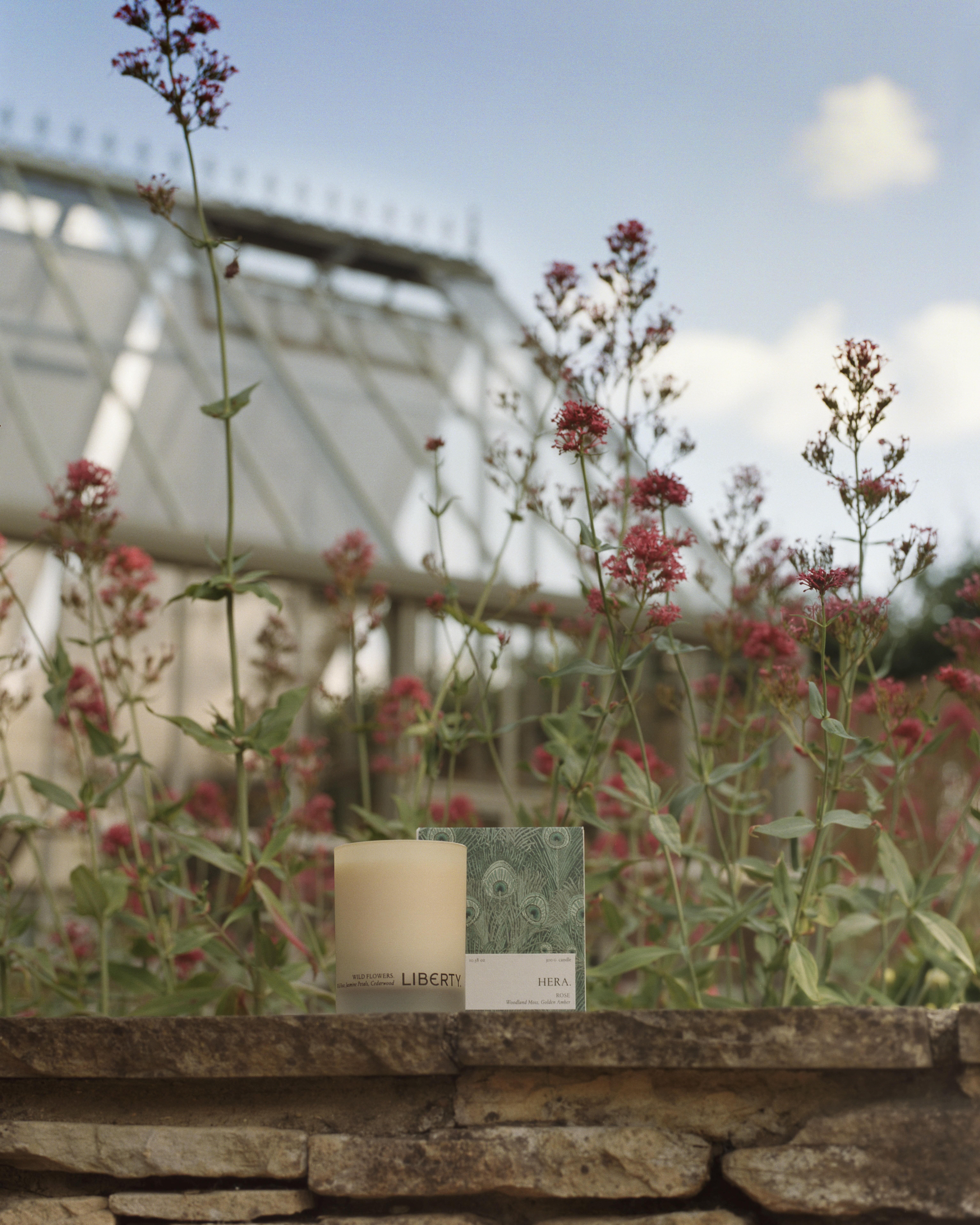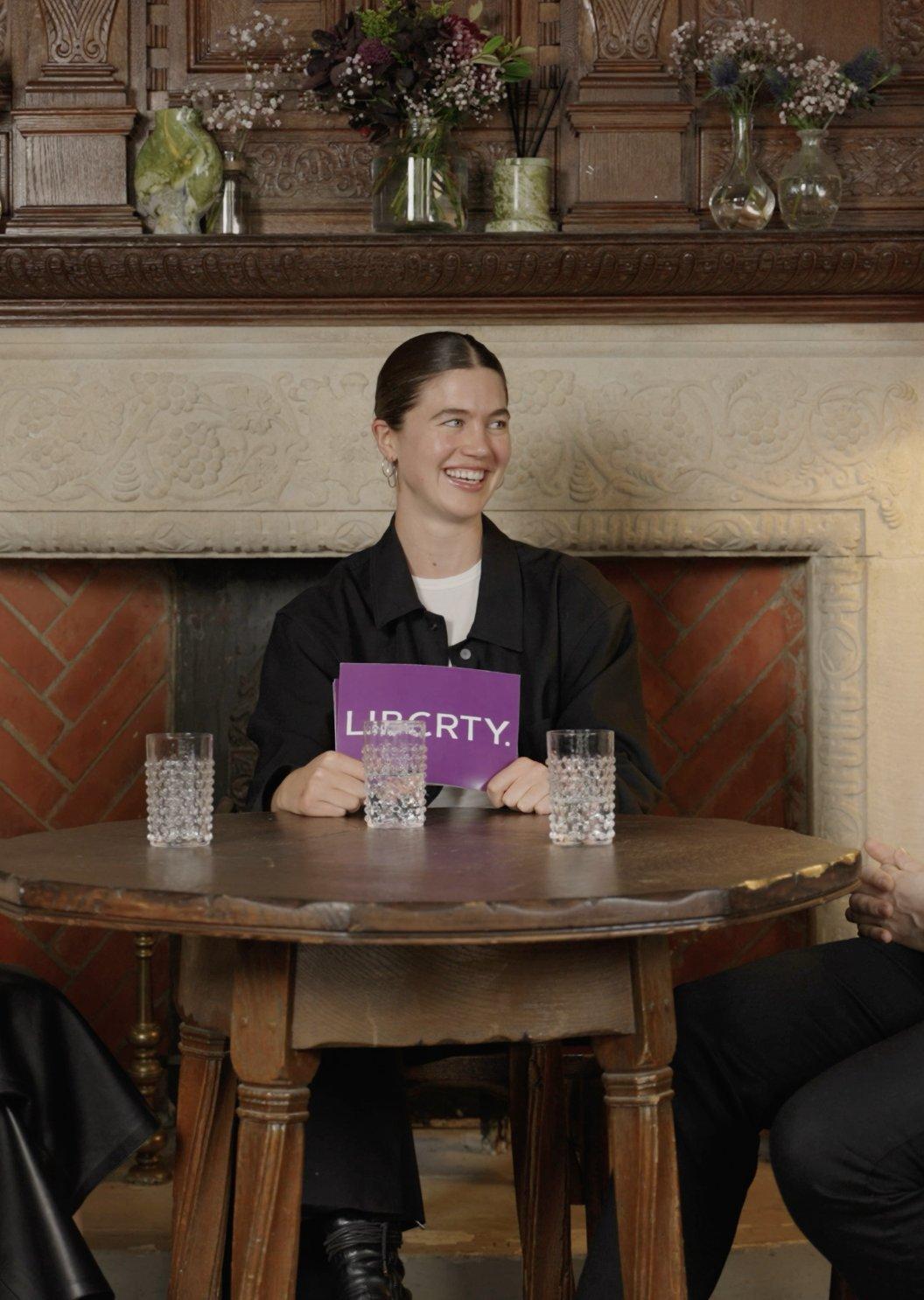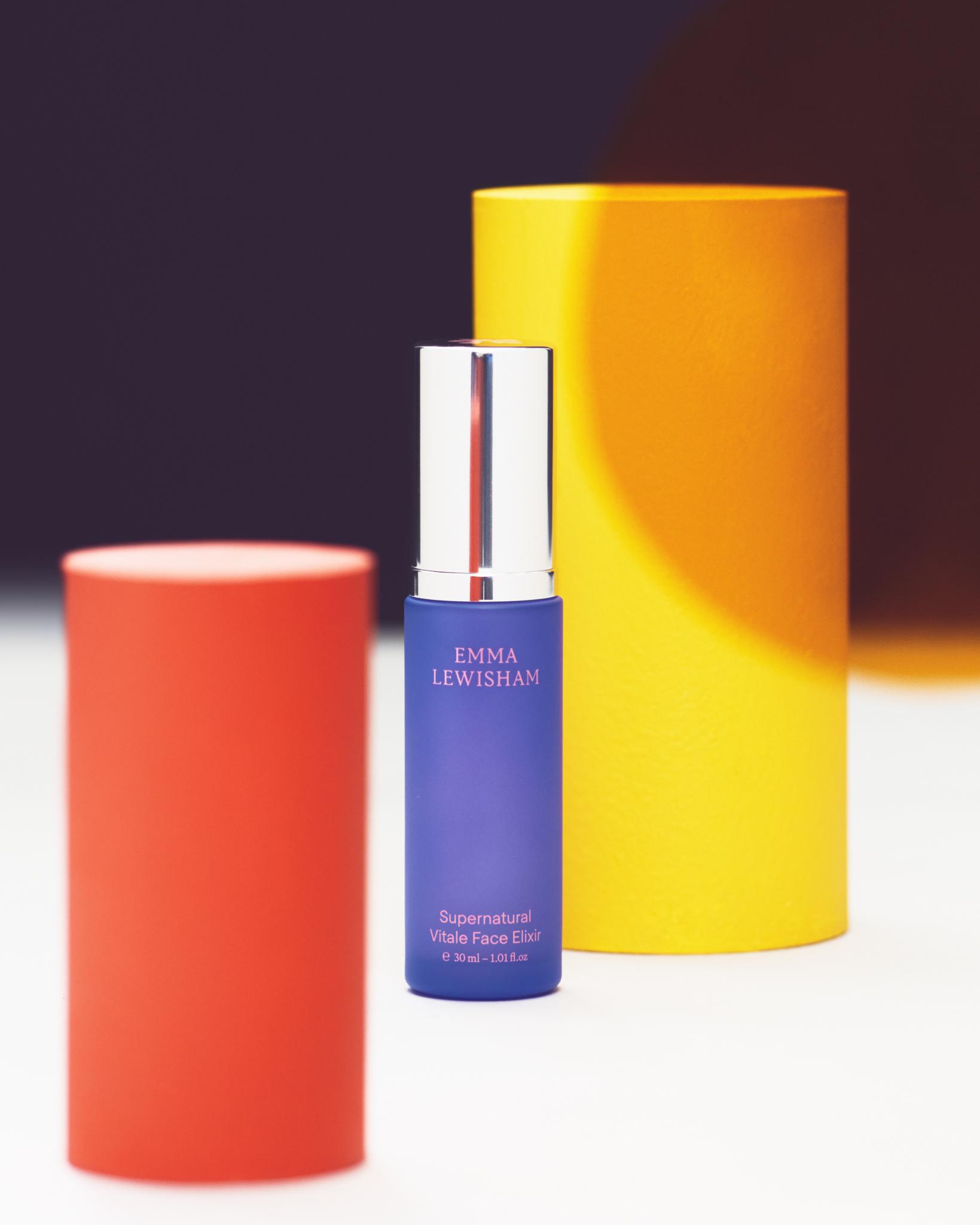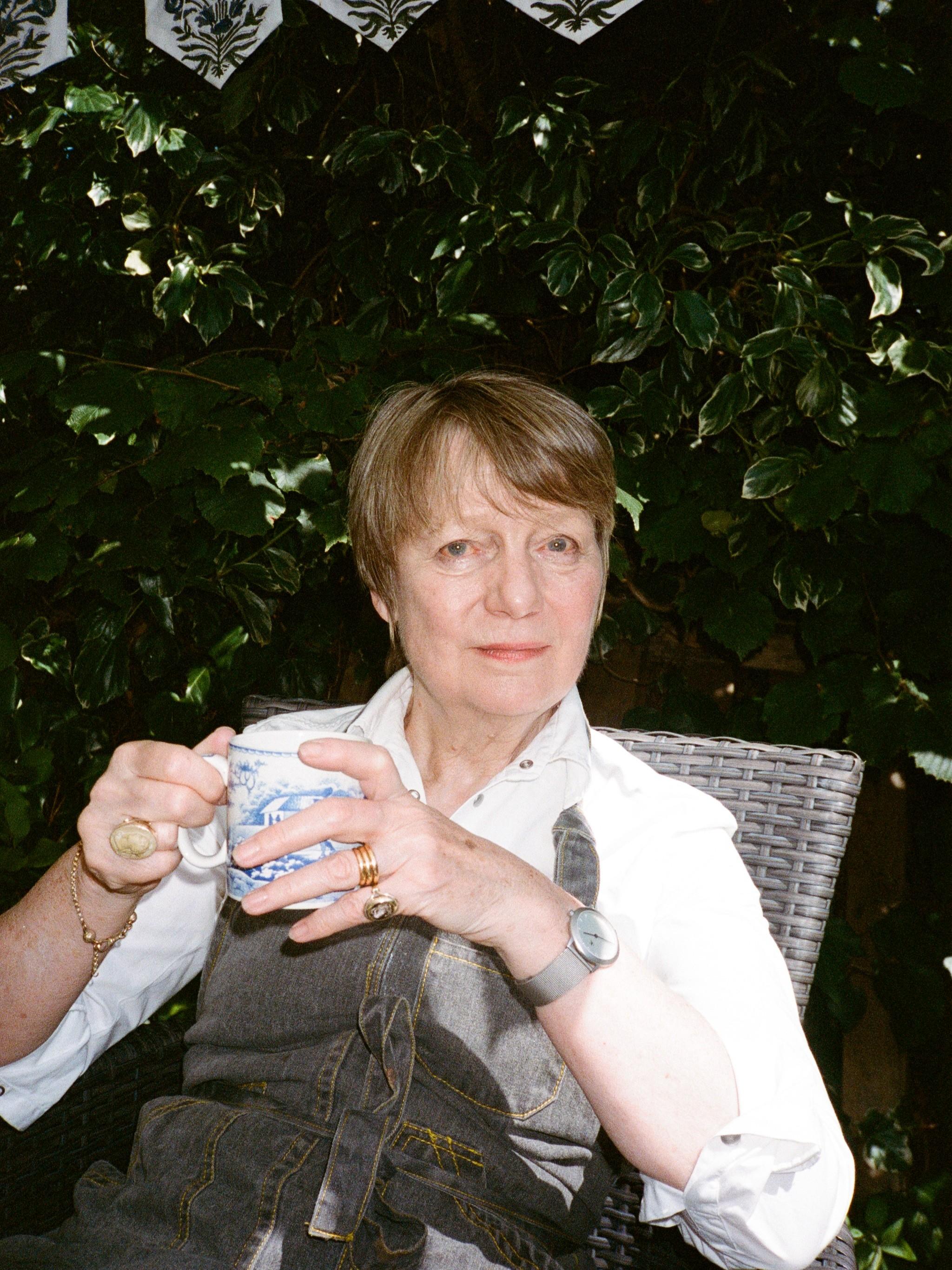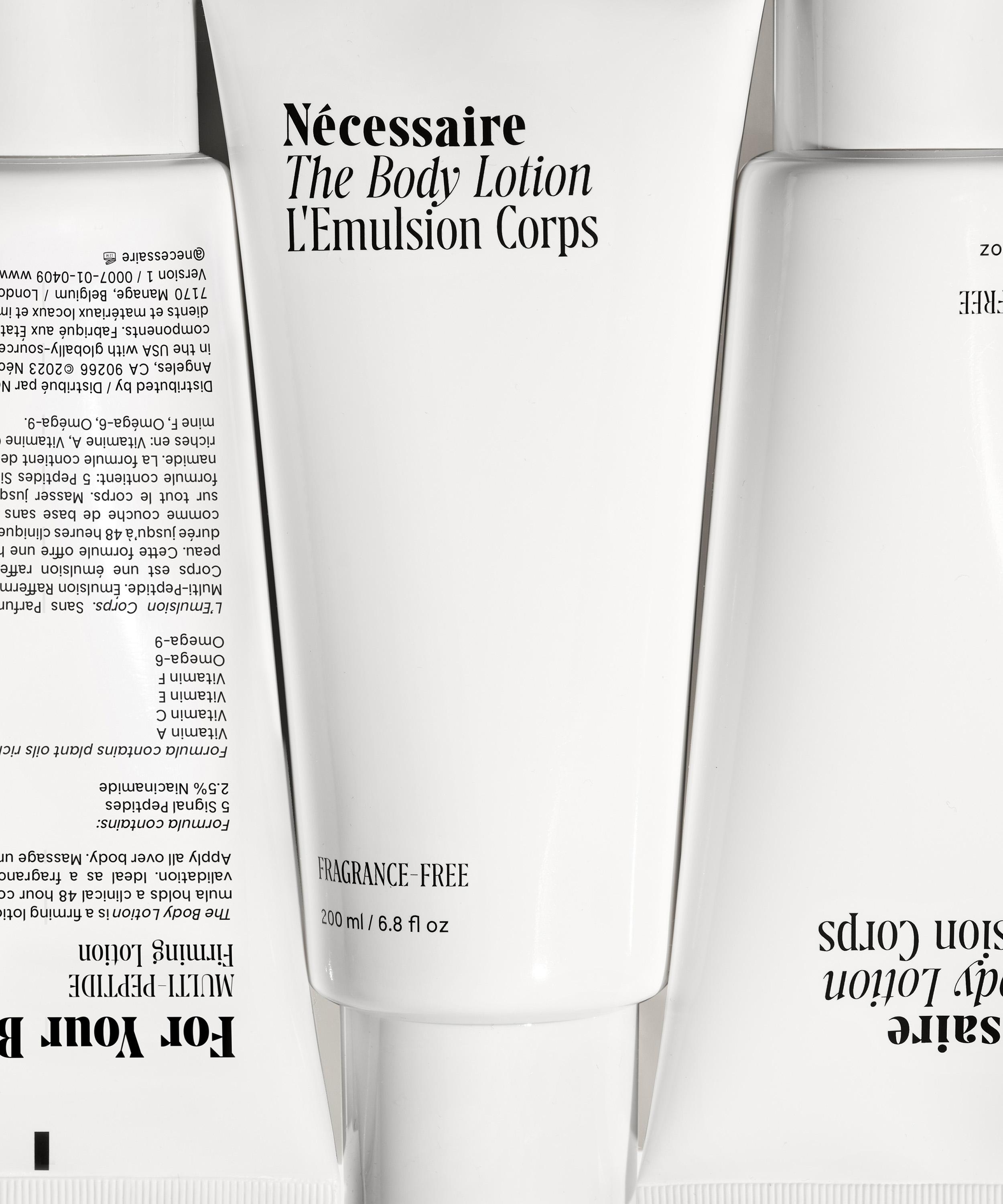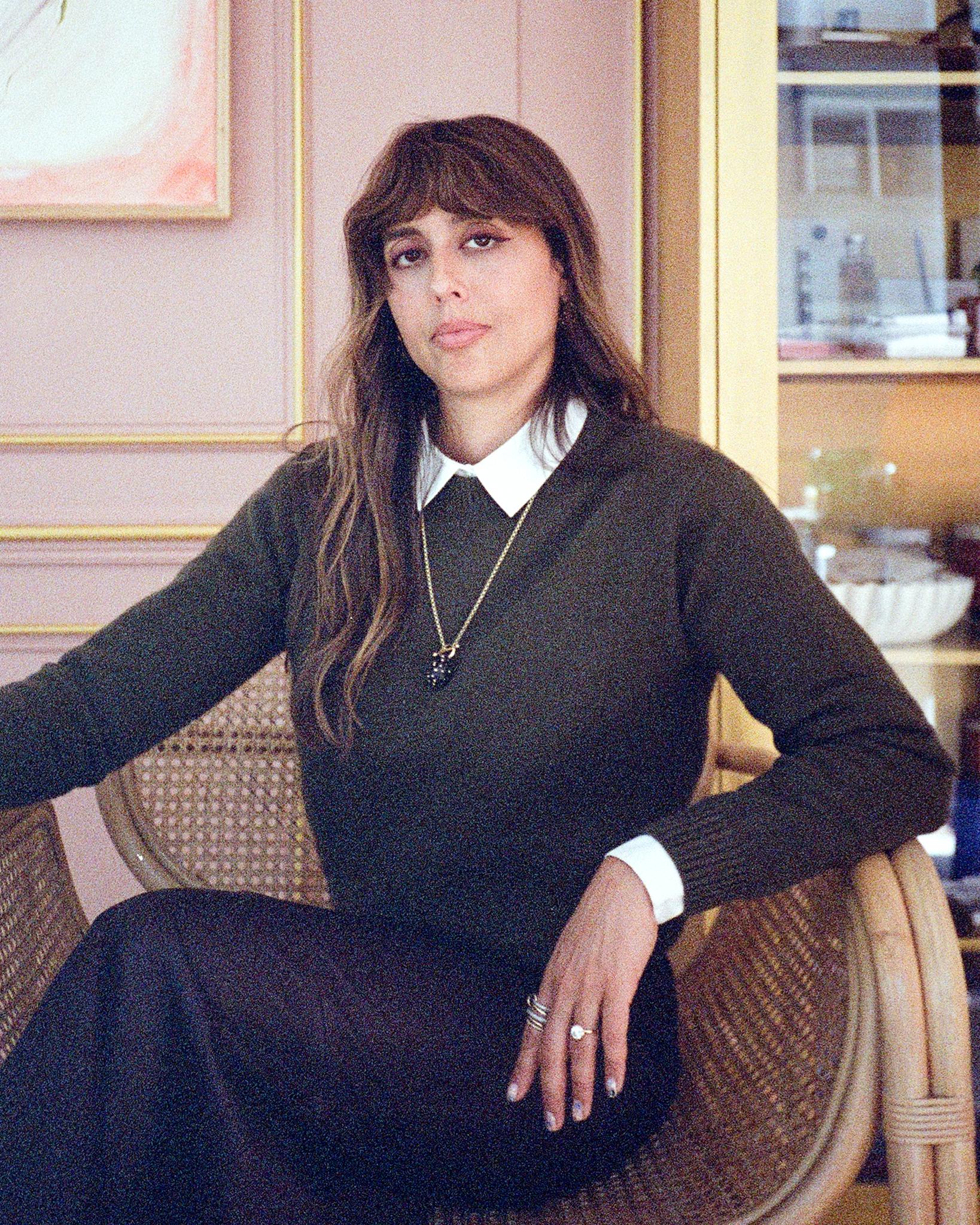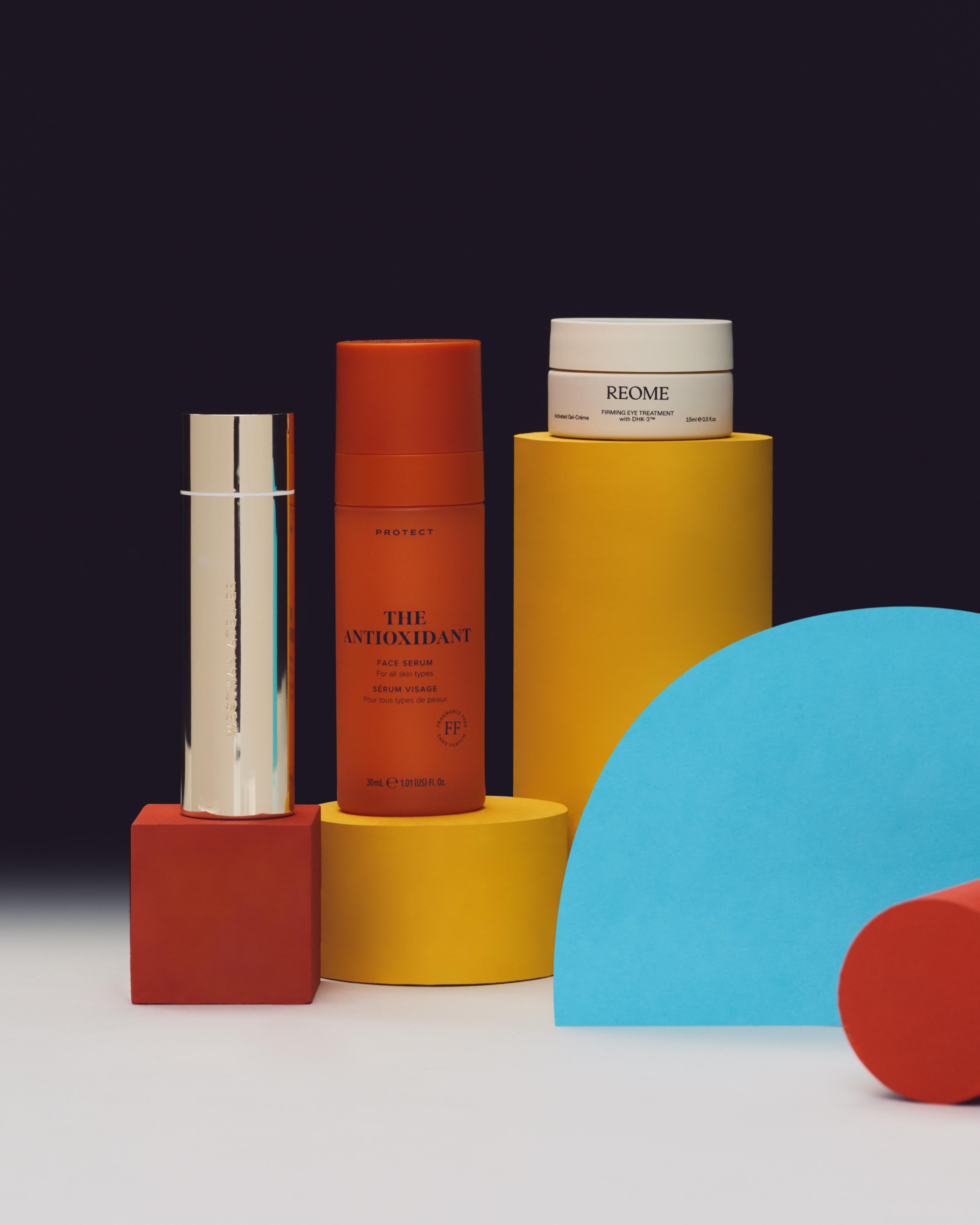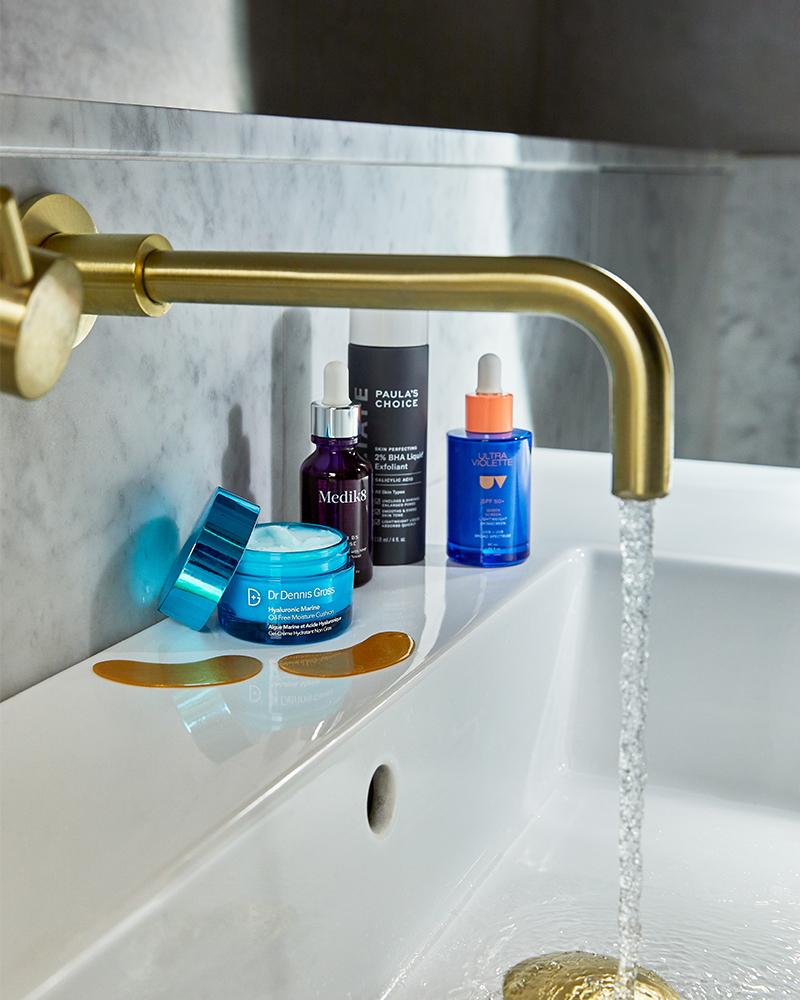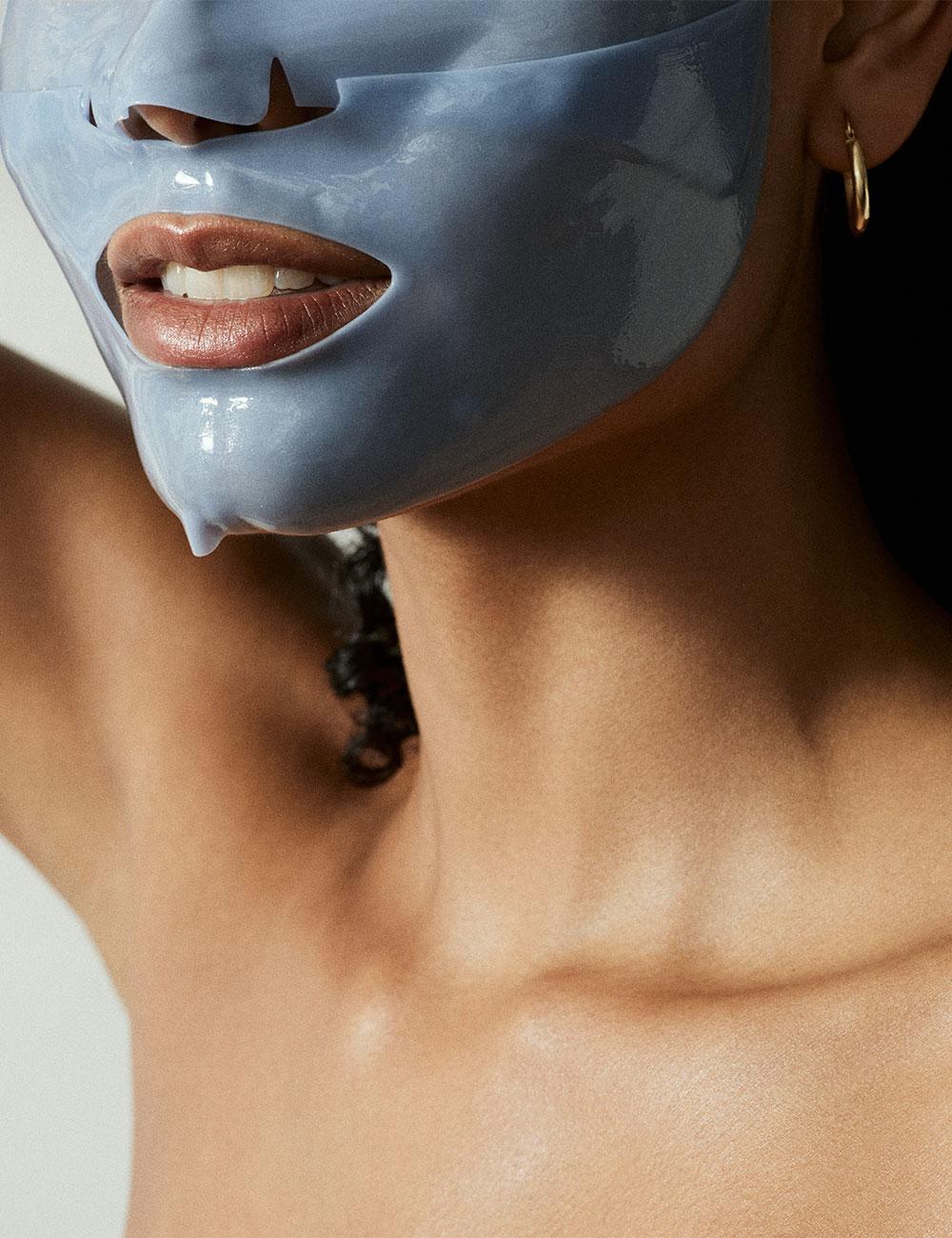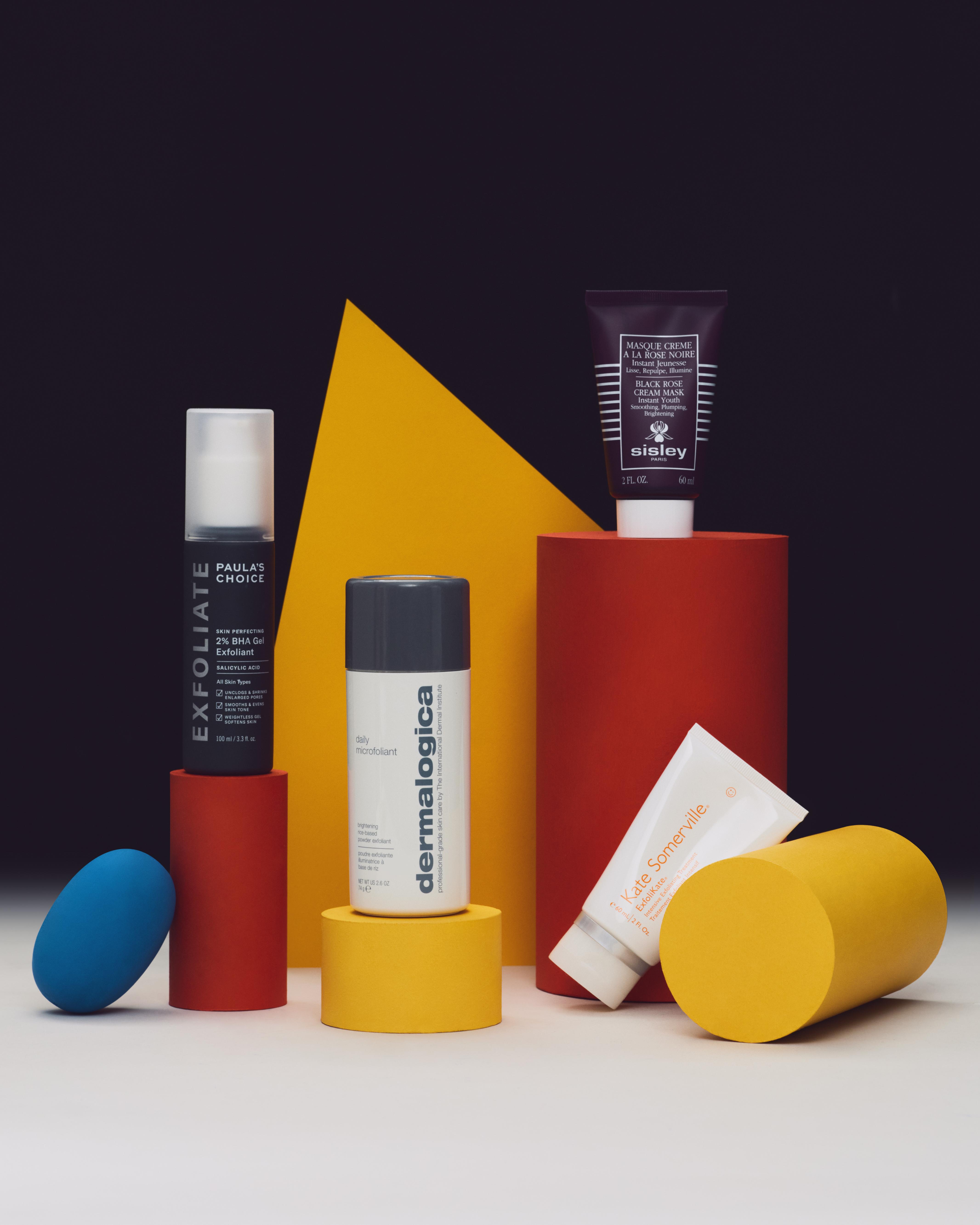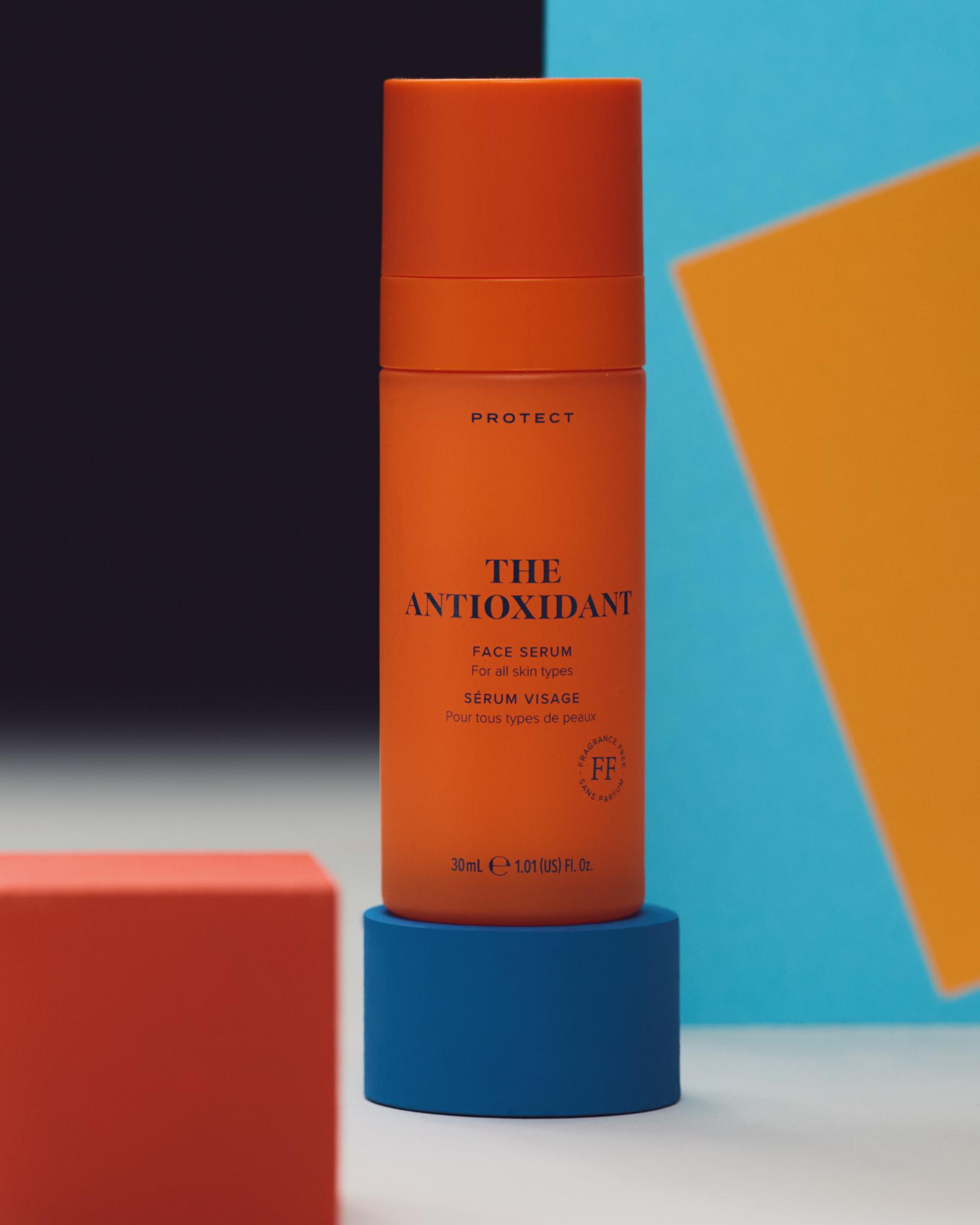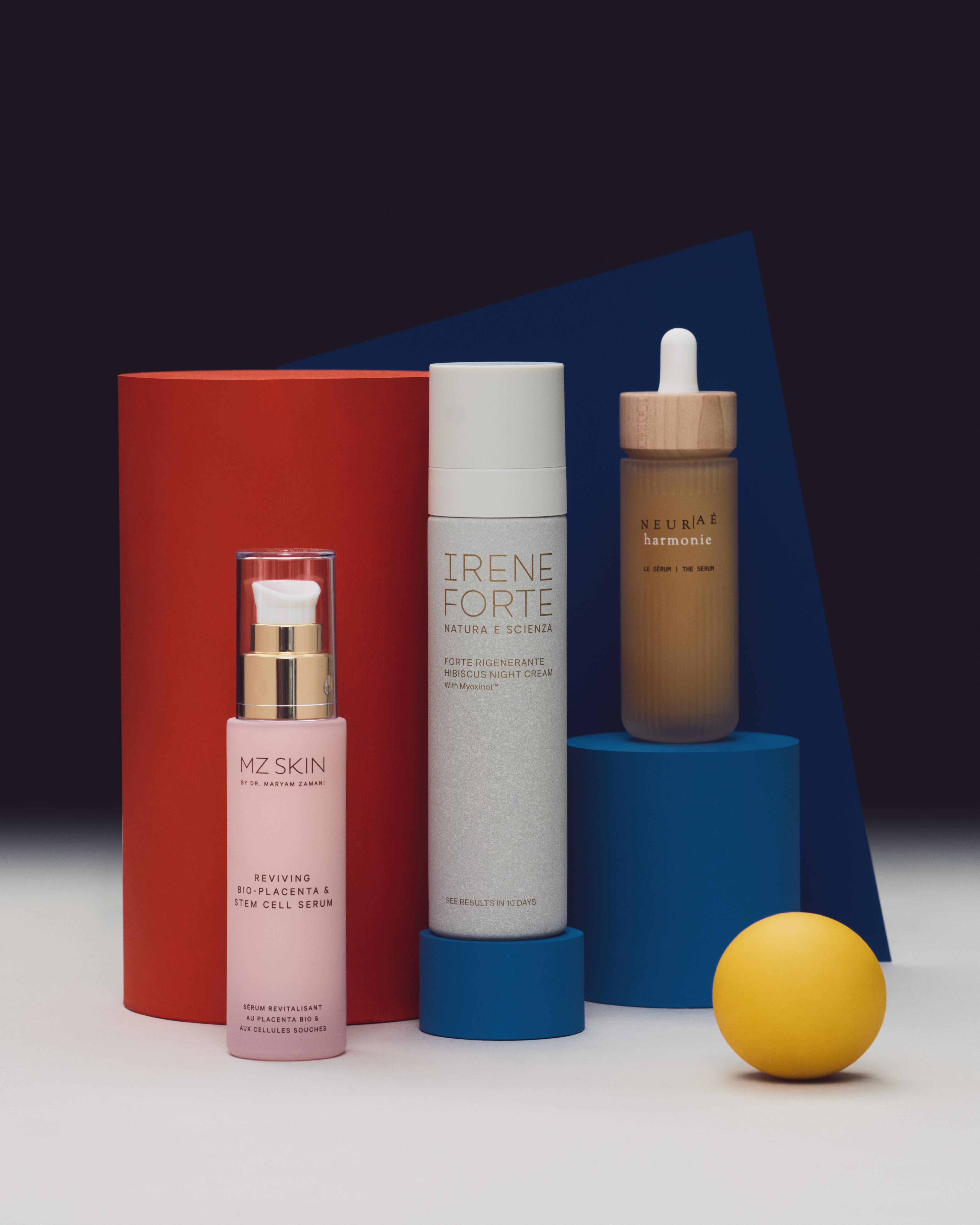What Is Salicylic Acid?
Achieve total pore liberation with this oil-suppressing, dirt-clearing, skin-soothing skincare ingredient
Read more
What Is Salicylic Acid?
Achieve total pore liberation with this oil-suppressing, dirt-clearing, skin-soothing skincare ingredient
By: Shannon Peter
Of the entire skincare acid alphabet, salicylic acid is undoubtedly one of the most popular. Flip over any suitable-for-acne-prone-skin formula, and there you’ll see it, pride of place, nestled somewhere near the top of the list of ingredients. But what, exactly, is salicylic acid? And why do the best expert-led skincare brands wheel it out so often? We know, and soon you will too…
Read More: How to curate the the ultimate skincare routine for oily skin
What Is Salicylic Acid?
Without getting too bogged down in a load of confusing acronyms, it does help to start with the basics. Skincare acids tend to be classified into three main families: AHAs, BHAs and PHAs. Salicylic acid is a BHA, shorthand for beta-hydroxy acid, commonly used to exfoliate the skin, explains Dr Marko Lens, founder of Zelens skincare. “It’s naturally derived from the bark of the willow tree, but it also occurs in many plant species, and can be made synthetically, too.”
What Does Salicylic Acid Do for Skin?
Similar to other skincare acids, salicylic acid is an exfoliant (albeit somewhat gentler than others) and can speed up cell renewal. Fundamentally, that means it helps skin to loosen its grip on dull, dead cells to make way for the fresh and bright ones hiding underneath.
Yet salicylic acid also has benefits that its peers can’t boast. “It’s an oil-soluble acid, so it helps to dissolve sebum in pores, effectively clearing them of debris and preventing them from clogging up,” explains Dr Lens. Think of it like a power washer for the pores; a quick douse of the stuff rinses out that delightful concoction of sebum, dead skin cells and dirt that tends to hole itself up in there. As clogged pores = spots and blackheads, it’s a god-send if clearer skin is your goal.
Read More: Embark on a skincare cleanse with this basic skincare routine
Is Salicylic Acid Beneficial for Acne?
Yes! It’s where it does its best work. “Thanks to its strong anti-inflammatory and anti-bacterial properties, salicylic acid is excellent for treating oily, acneic or blemished skin,” Dr Lens confirms. Not only can it help curb blackheads, dislodging this oxidised gunk from the pores, but by keeping the skin free of build-up, it also mitigates the risk of new spots forming, too.
shop now
How Do You Use Salicylic Acid?
While salicylic acid cleansers are fairly self-explanatory, most of the time, salicylic acid comes in the form of a liquid exfoliant. A little like a toner, simply glug a little onto a (reusable) cotton pad and swipe over the face, avoiding the eye area. You can do this in either in your morning regime or as part of your night time skincare routine (but advisably, never both) and as exfoliation leaves skin even more susceptible to sun damage, be sure to slather on the SPF before you leave the house.
Read More: The Beauty Glossary: a guide to skincare buzz terms
Can You Use Salicylic Acid Every Day?
Use a little too much, a little too often and you run the risk of stripping your skin barrier, leaving skin red-raw and extremely sensitive. “As with any acid, the important thing to consider is the formula; how much acid is in there, and which other ingredients are working alongside it to soothe, hydrate and mitigate risks of irritation,” says Dr Lens.
To that end, look for a product with around 2% concentration of salicylic acid, and one that also contains hydrating humectant ingredients to buffer its effects. Sarah Chapman’s Rapid Radiance Cleanse, £43 contains fatty acid-rich oils to bolster the skin barrier, while Zelens PHA+ Resurfacing Facial Pads, £70 pair a sturdy blend of skin acids with glycerin to seal in moisture. Most people will be able to tolerate this kind of salicylic acid everyday, but at the first sign of stinging, reduce your use to every other day or a couple of times a week.
What Should I Use After Salicylic Acid?
Consider the rest of your routine, too. “Salicylic acid works perfectly in conjunction with mild or low concentration AHA and PHAs, but I wouldn’t recommend using it with retinol for example, because it could cause a significantly higher risk of reaction to retinol than if the retinol was used alone.”
Read More: Take a lesson in Skin Maths with these skincare pairings
Can You Use Salicylic Acid with Vitamin C?
Both effective ingredients, it pays to include salicylic acid and vitamin C in your skincare routine. But introducing them both is an artform in itself, so it's best to follow a few golden rules:
1. Start Slowly
As active ingredients, both salicylic acid and vitamin C can cause slight irritation if used in high concentrations, every single day but it's easily mitigated if you take your time to slowly introduce to your routine. As previously mentioned, start with low concentrations, using these products a few times a week so your skin can get acclimatised.
2. Alternate Usage
The best time to use vitamin C is within your morning skincare routine, as it helps to protect the skin against all the environmental aggressors the day has to throw at it. So it makes sense, then, to save salicylic acid for PM use, as part of your night time skincare routine.
3. Use Sunscreen
We've said it before but we'll say it again. Make sure your routine contains a sturdy broad-spectrum SPF.



?fmt=auto&qlt=default)


































?fmt=auto&qlt=default)




